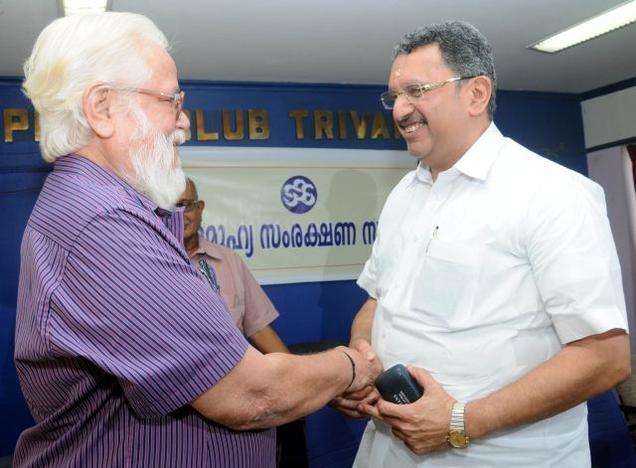
Thiruvananthapuram, October 8: Former Kerala chief minister K Karunakaran's son K Muraleedharan alleged on Sunday that if there was a conspiracy in the Indian Space Research Organisation (Isro) spy case, then former Prime Minister PV Narasimha Rao would have had a role in it.
"Rao often used to target his political rivals by hoisting false cases on them. If there was a conspiracy in the Isro spy case, then Rao would certainly have played a role," said Muraleedharan, who is also a Congress legislator.
He made the remarks while taking part in a meeting along with S Nambi Narayanan, a former Isro scientist who was arrested on espionage charges along with another top official of the Isro, two Maldivian women and a businessman.
The case first surfaced in 1994. At that time, Karunakaran was the chief minister. He resigned in 1995.
"Karunakaran had to resign following pressure from Rao and he did it in a week's time, after being asked to," said Muraleedharan.
But in 1996, things changed drastically after the CBI and the apex court of the country cleared Narayanan and gave him a clean chit and he got back his job.
"The need of the hour today is to have a re-investigation into the role played by the three police officials who investigated the case. I will write to chief minister Oommen Chandy for this and if there is no response, then I will approach the Congress high command," said Muraleedharan.
Incidentally, Narayanan had remarked that this case was nothing but an 'international conspiracy' to delay the development of cryogenic technology, which he was working on for Isro then. A division bench of the Kerala high court last month upheld the order of the National Human Rights Commission (NHRC) ordering compensation of one million rupees to be paid to him.





Comments
Add new comment